6 startling Christmas mistakes that increase your home's fire risk tenfold – and exactly how to stay safe
Insurance pros reveal the biggest safety breaches they see year after year


It's easy to get carried away when decorating and preparing for Christmas – hanging garlands, tinsel, and lights from every available surface to make your home feel extra cozy and festive.
However, there is such a thing as too much. Layering on the lights and filling your home with highly flammable decor is a common Christmas fire risk that can potentially threaten your home and the safety of friends and family.
Insurance experts shared with me the six Christmas choices that increase your risk of a fire tenfold on top of the usual common fire risks in your home and how to curb that risk.
Most common Christmas fire risks
Taking these risks into account before you put your Christmas decor ideas into action could save your family a lot of pain and loss.
1. Faulty Christmas lights
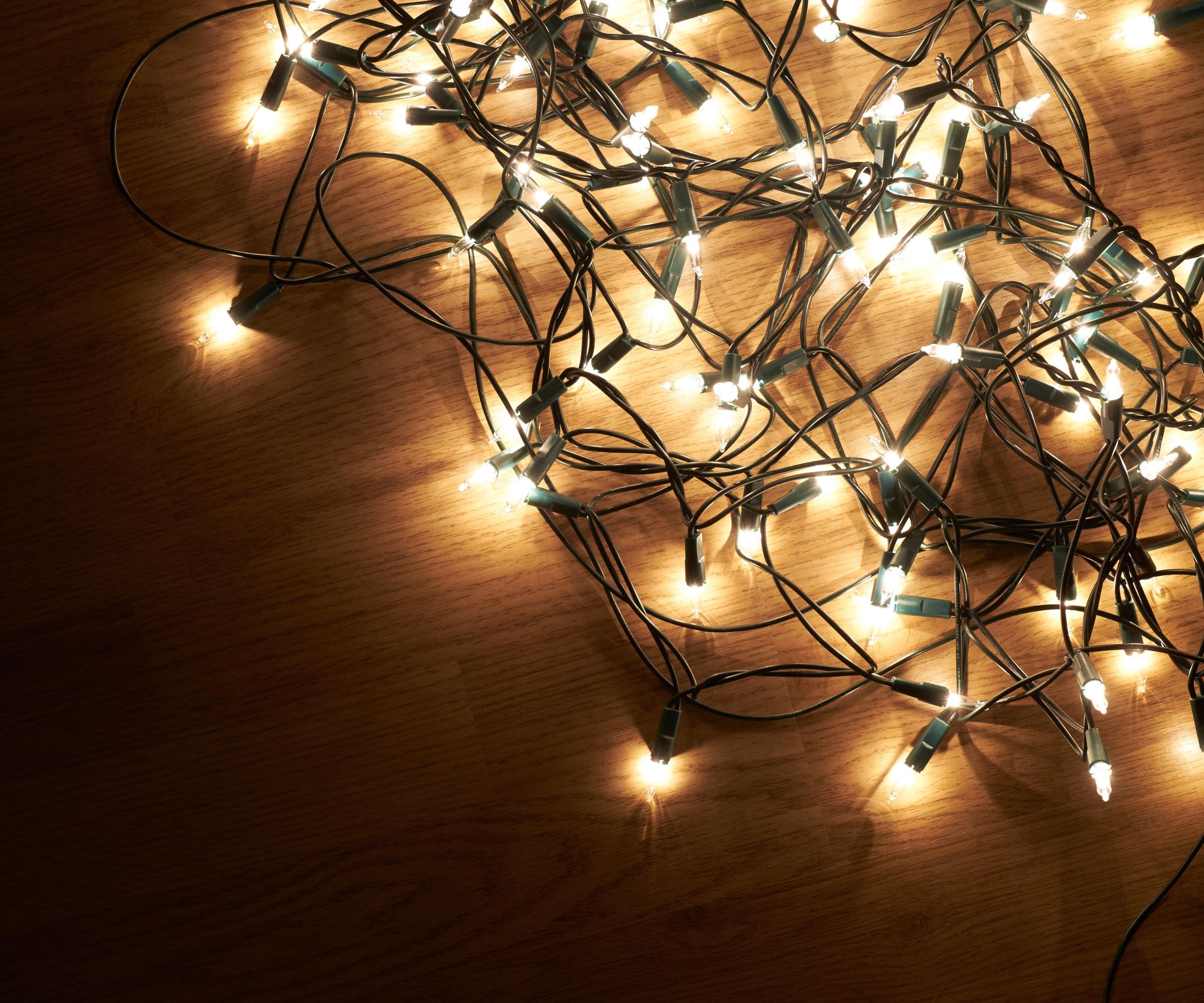
Choosing the perfect Christmas lights should always start by picking safe ones, and checking for loose wires, rusted components, and damaged wire casings.
Steve Colorundo, director of claims at Plymouth Rock Home Insurance suggests, ‘Before plugging in last year’s lights, inspect their condition. Don’t use strings of lights with broken bulbs, loose bulb connections, or frayed cords. They can cause an electric shock when plugged in or, worse, an electric fire.
‘To reduce the risk of electrical fires, Homeowners should turn tree lights off when they go to bed or when they leave the home,’ he adds.
When hanging Christmas lights, use light clips to avoid accidentally putting a nail or pin through an electrical wire.
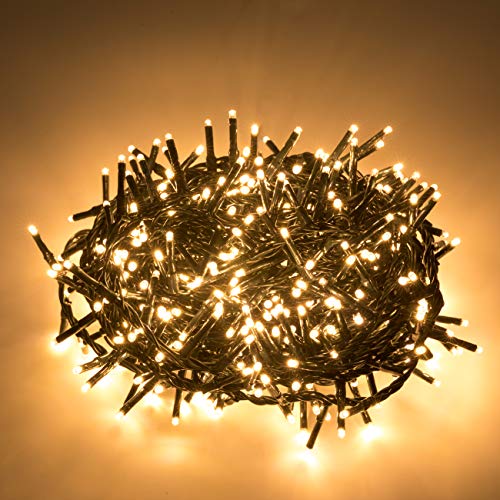
LED lights are usually the best pick for Christmas trees. They don't have removable bulbs or get as hot as iridescent ones, thereby reducing your fire risk.
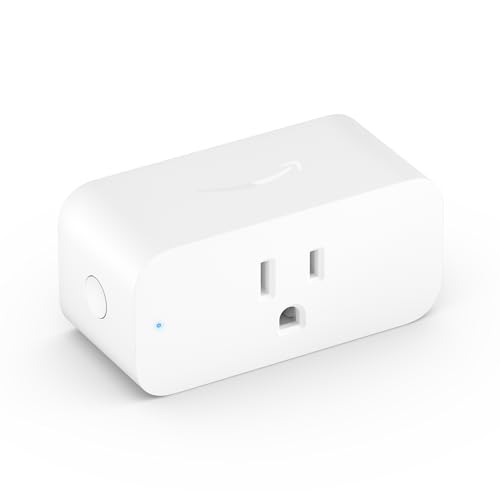
Plugging lights into smart plugs that can be controlled by your phone or voice assistants means you can quickly turn lights off from anywhere, reducing the fire risk.
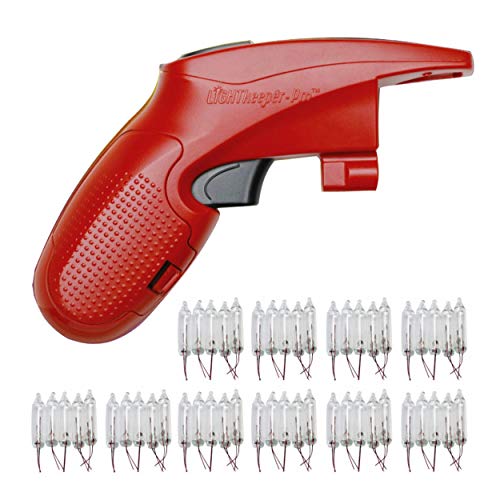
Quickly find and replace damaged bulbs in old Christmas lights with this tool that limits the need to mess with your light strings while decorating.
2. Kitchen fires
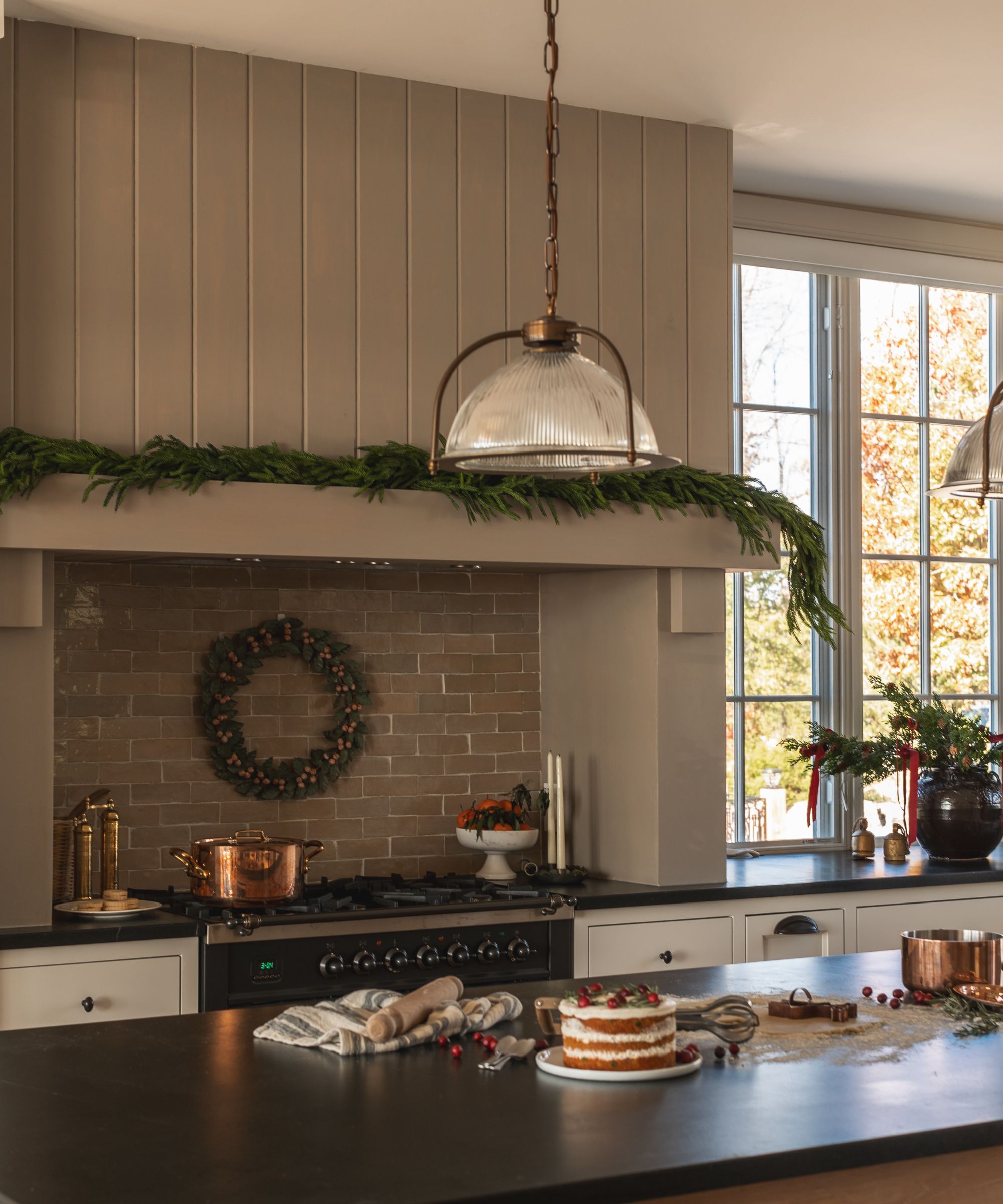
One of the most common causes of fires over the hosting period is cooking, especially if you have not cleaned a kitchen before cooking a large meal.
Nick Ramirez, insurance agent at Goosehead Insurance adds, ‘During the holidays, people are often cooking more frequently and for larger groups. This can lead to unattended stoves or ovens, which are common causes of home fires. Grease fires can occur quickly and are particularly dangerous as they can't be extinguished with water.’
He suggests checking the dirty hidden areas of the kitchen we forget to clean, always staying with your food as it cooks, installing smoke detectors in proper locations within your home, and conducting regular tests to ensure they are operational to ensure you stay safe.

The smoke alarm has a ten year battery life, so you don't have to worry about changing it out regularly.
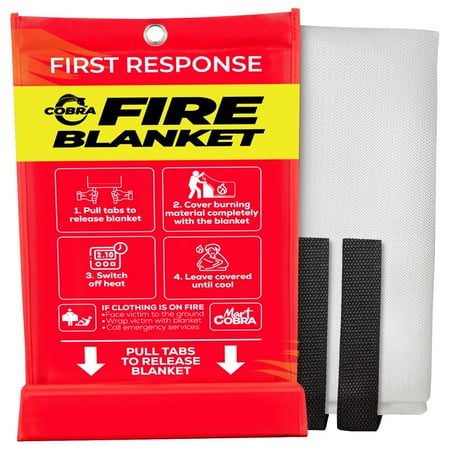
Every kitchen should have a fire blanket. They can be used to smother all sorts of fires in the home including grease, oil, and electrical fires.
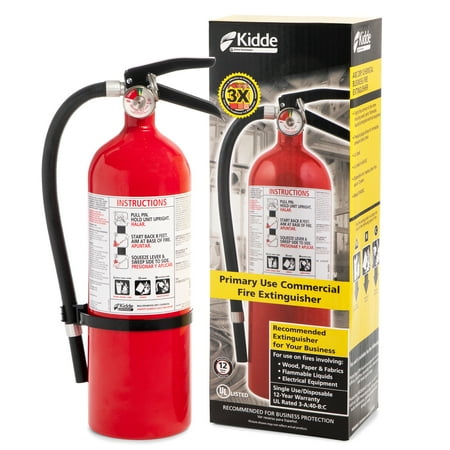
An ABC Dry Chemical extinguisher can be used on most fire types, including flammable solids, flammable liquids, and flammable gasses, making it an ideal safety essential for every kitchen.
3. Dried out Christmas trees
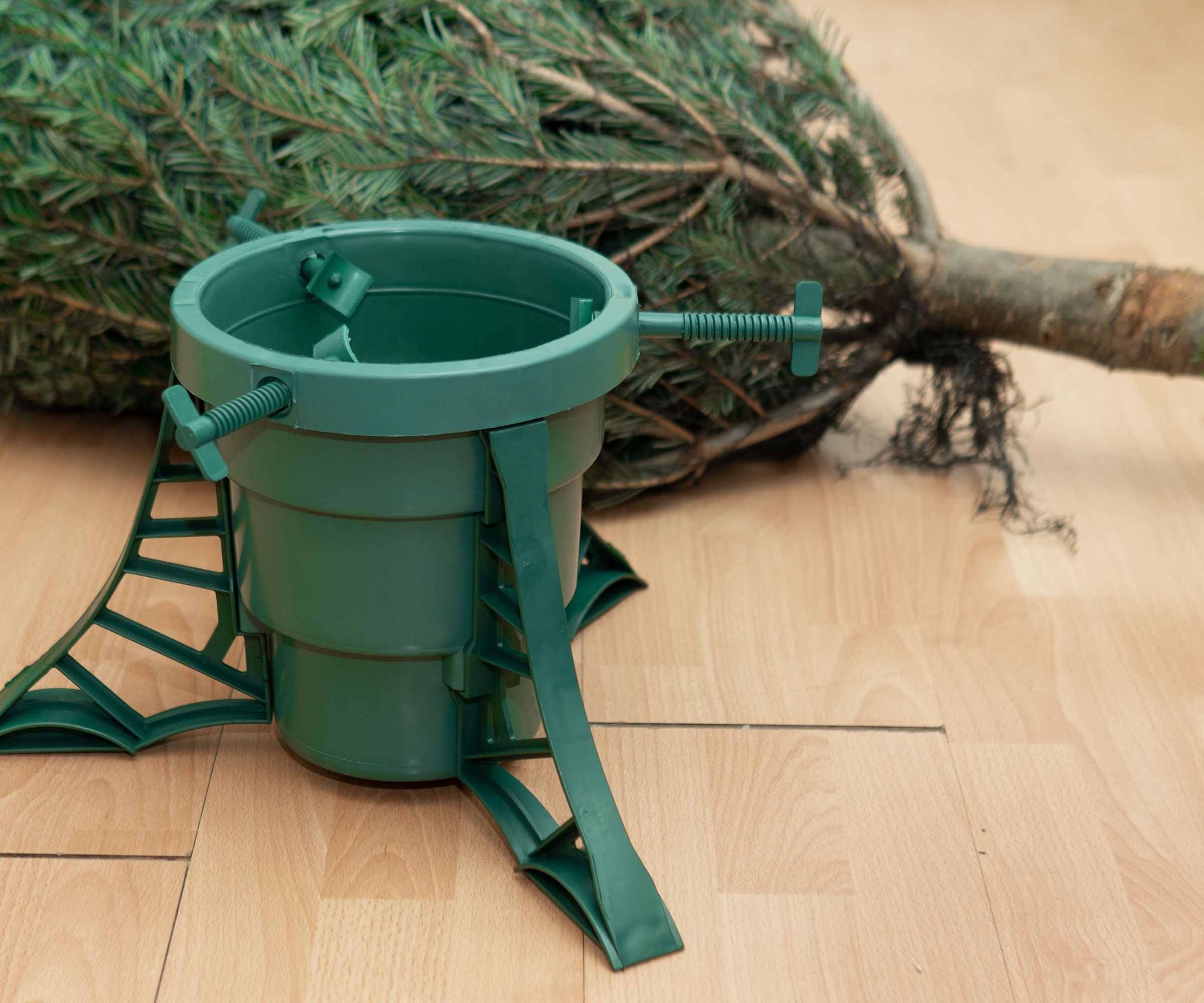
Christmas tree drying out? It is more than just an aesthetic concern as a dry Christmas tree can quickly catch light, warns Steve Colorundo, home insurance expert.
He says, ‘Once homeowners pick out the perfect tree and bring it home, it is important to immediately place it in a stand with a large water reservoir. Homeowners should ensure they water trees daily, and keep an eye on the amount of water in the reservoir as a medium to large tree can consume up to a gallon of water per day. When the tree trunk stays moist, the needles will stay healthy and strong, but when a tree is dry and not properly hydrated, it becomes a fire hazard.
‘In addition to keeping a live Christmas tree hydrated, it should also be kept away from heat sources because when dry, it can become a significant fire hazard; the heat from fireplaces or heating vents can rapidly dry out the tree, making it more prone to catching fire and spreading flames throughout the home.’
Caring for a Christmas tree is no joke, so consider how much time you will have to dedicate to its upkeep before picking between a real or fake tree this year. Using a tree stand with a water reservoir, from Amazon, will help, but you need to remember to refill it regularly.
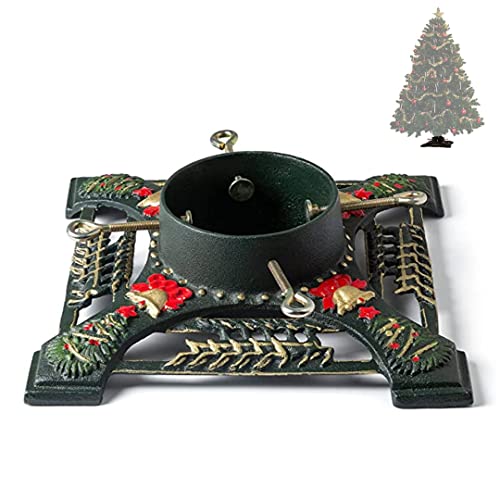
Head of Solved, Punteha, has a tree stand like this. She says, 'It's heavy, has lasted me a decade so far and is easy to add water to as there is space to check the water levels around the trunk. I turn off the heating next to my tree as well to keep it healthy and stop it drying out quickly or being too thirsty.'
4. Real flames
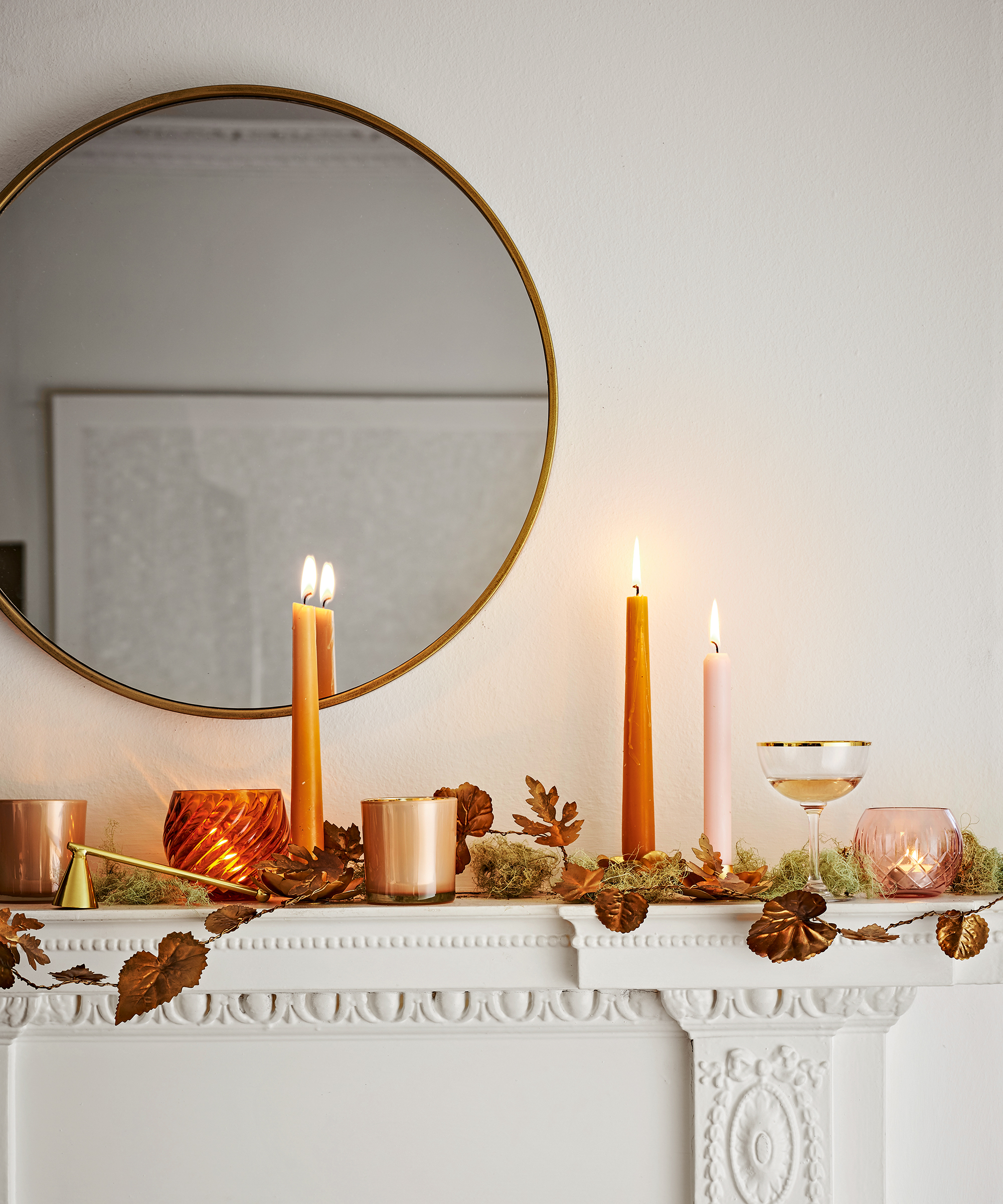
It wouldn’t be Christmas without a roaring fire or faintly twinkling candles. However, any real flame in your home is a hazard, especially at Christmas when children are running around, pets are gathered together, or adults are having a drink.
Nick Ramirez, an insurance agent says, ‘Candles are frequently used during the holidays for both decoration and ambiance. However, if left unattended or placed too close to flammable objects such as curtains, holiday decorations, or even Christmas trees, they can easily cause a fire.’
Instead, we suggest swapping out real flames for LED candles (don't worry, you can still make LED candles look like the real thing). If you have a live fireplace, never hang Christmas fireplace decor above it as a single ember can cause a fire, and use a bestselling fire guard, available at Walmart to keep people and pets safe.
Learn more about the areas of your home you should never insulate to avoid increased fire risks.
 Pack of six
Pack of six
These battery-operated tealights come with batteries installed, so you can light your Christmas dining table up straight out of the pack.
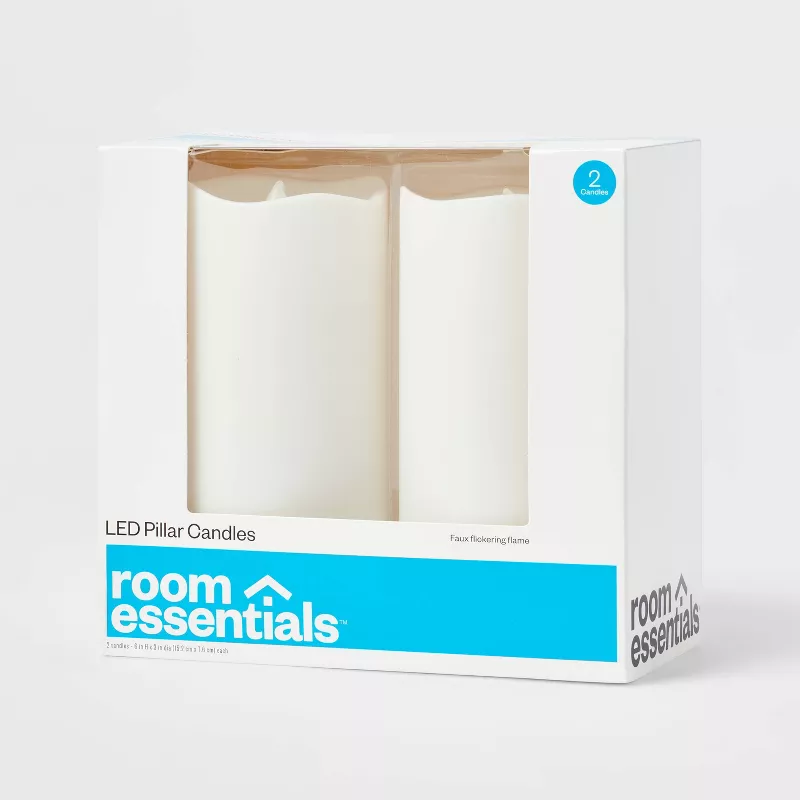 Pack of two
Pack of two
LED pillar candles are far easier to use than real flame candles, offering the cozy ambiance without struggling to light them when they start to burn down to the bottom and the wick starts to drown.
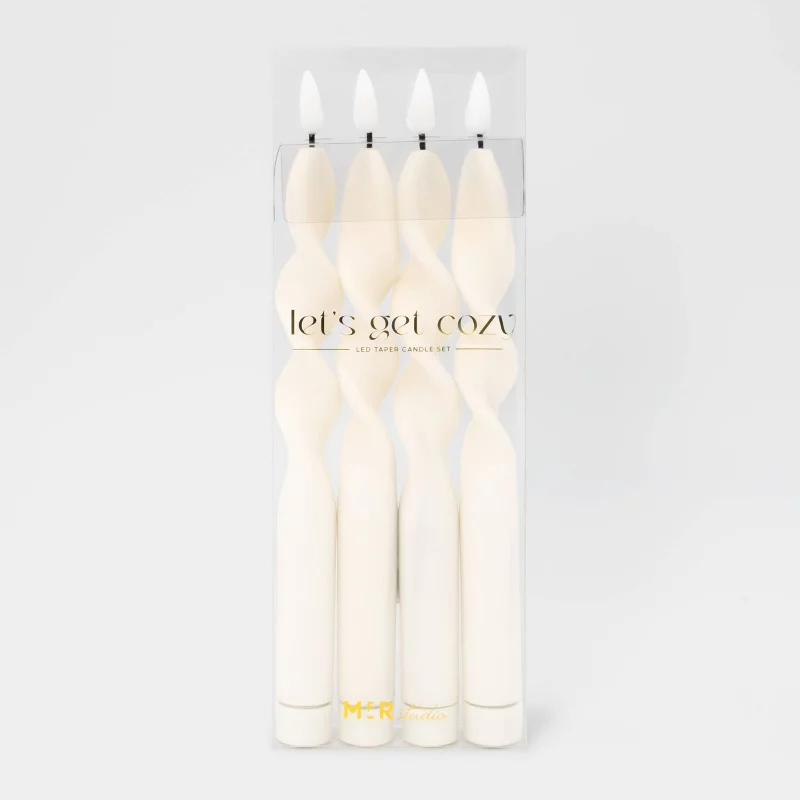 Pack of four
Pack of four
LED taper candles don't just last longer, they are safer for use around Christmas decor and on dining tables too, reducing the risk of a fire.
5. Space heaters
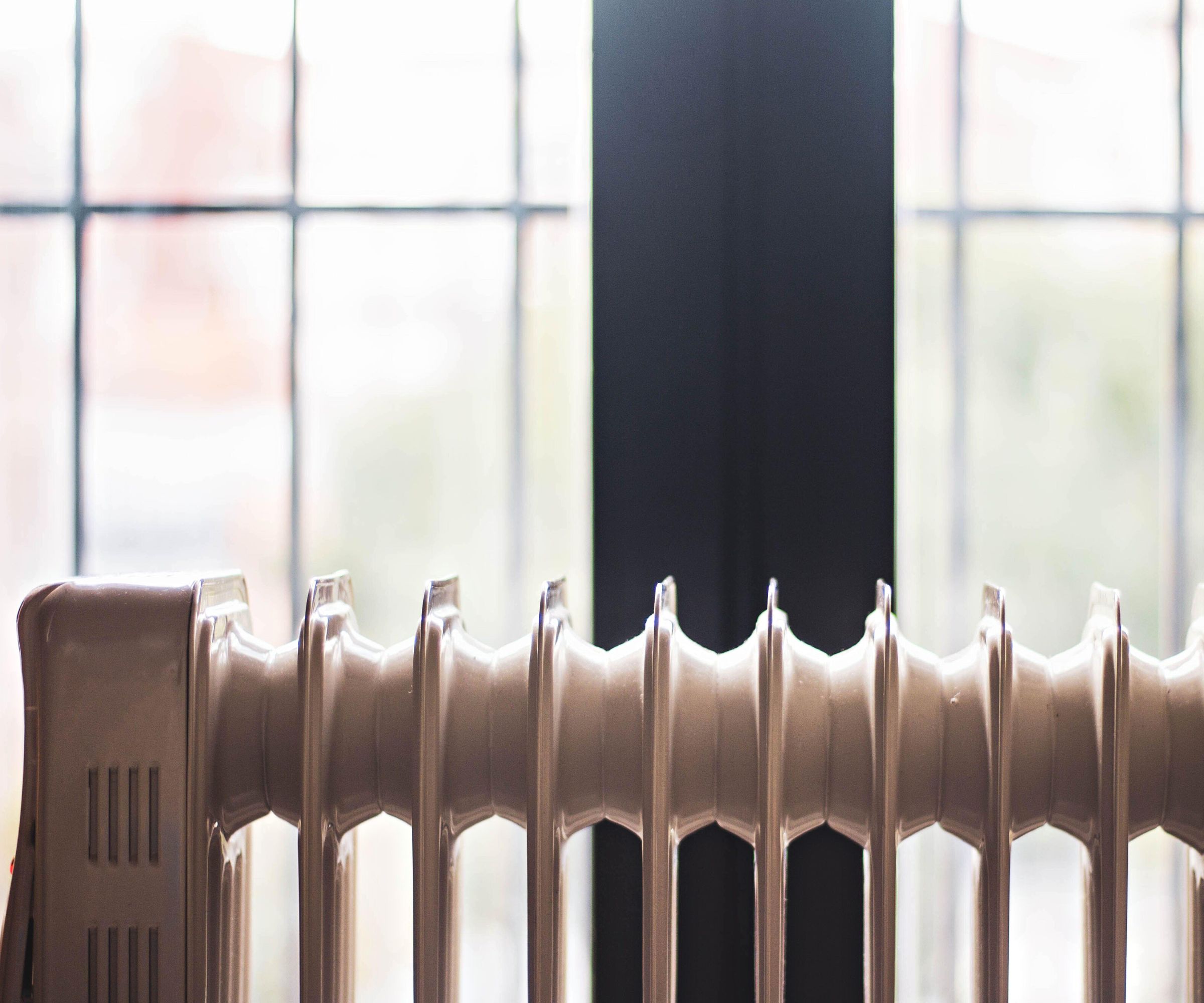
Jonathan Feniak, general counsel at LLC Attorney says, ‘During the chilly holidays, we see a lot of homeowners using space heaters to keep rooms warm and prepare guest rooms for Christmas.
And while most space heaters have special safety features baked in, like tip-over switches and overheat sensors, it’s too easy to unintentionally place flammable items, like curtains or blankets, too close to the heater. This is a common fire risk over the holidays.
‘Always keep space heaters away from any objects or soft fabrics, especially when pets and children are underfoot.’
Did you know switching to a digital thermostat and running your heating constantly could save your hundreds on your energy bill in winter?
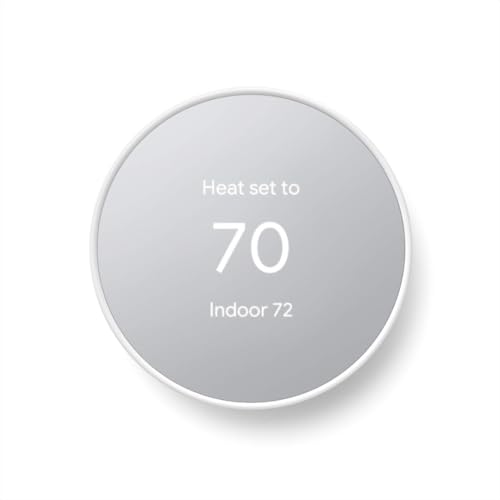
This one is easy to use and great for people looking to monitor and control heating remotely. It also provides energy-saving suggestions based on your usage.
6. Overloading outlets
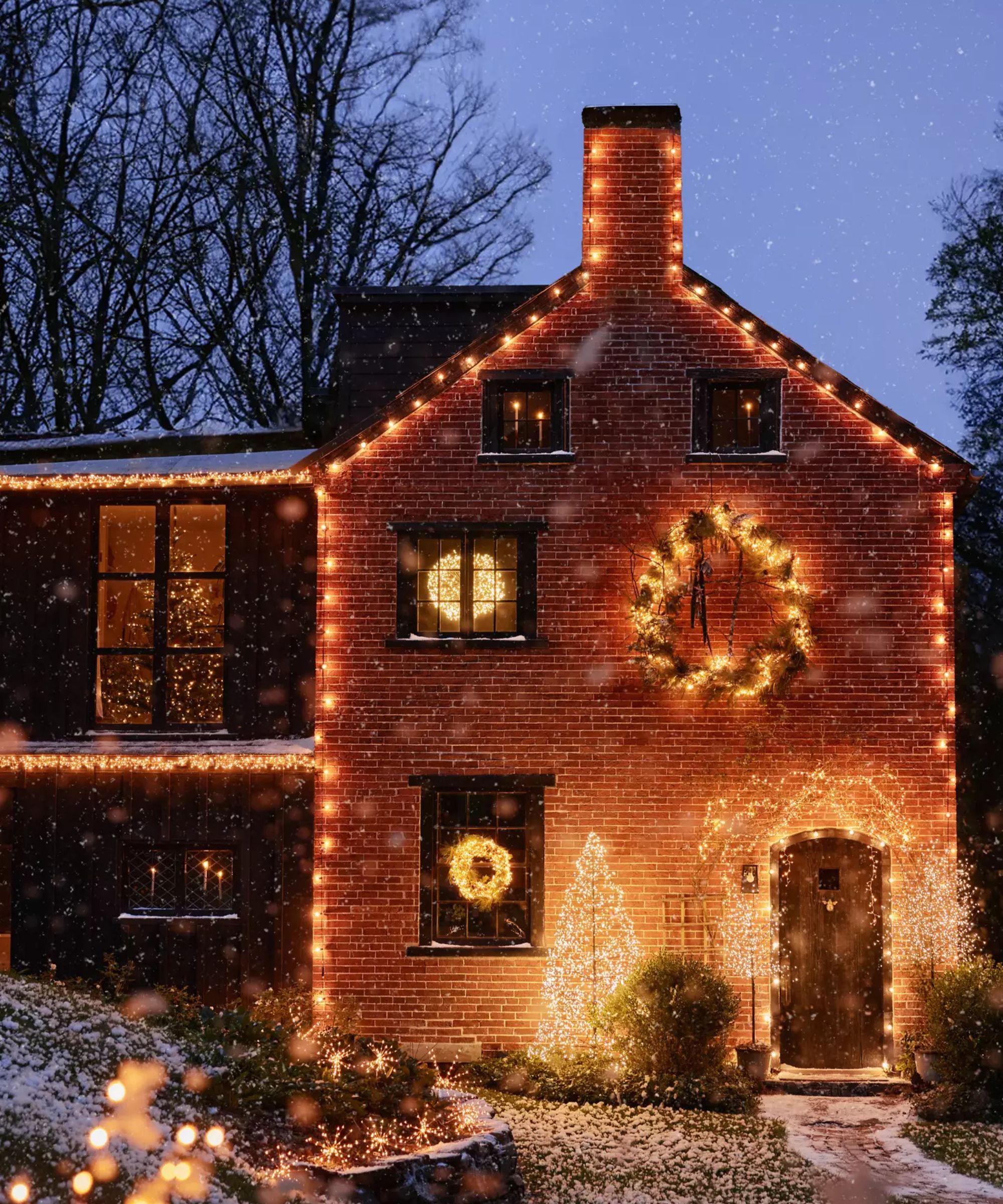
One of the biggest Christmas lighting mistakes is overloading electrical outlets. While it can be tempting to use an extension cord to reroute lights closer to your tree or hang lights outside, they can spark and cause a house fire if used incorrectly.
Instead of moving your lights to your tree, locate your tree close to an outlet, and opt for longer right strings so you can use less of them at one time. Never use extension cords or multi-plug adapters.

For areas that don't have outlets, opt for battery-operated lights rather than trailing dangerous extension cords.
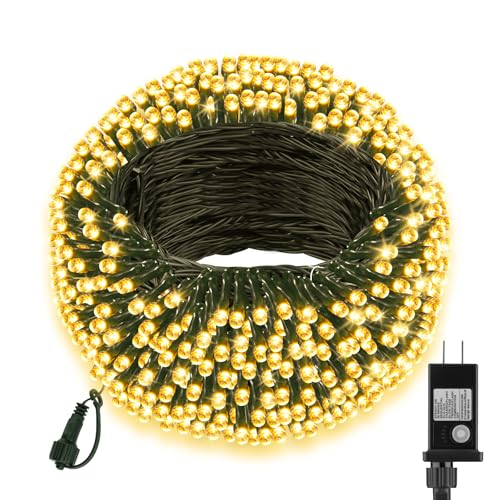
Extra long lights give you more bang for your buck, allowing you to cover a greater area without having to plug multiple items in.
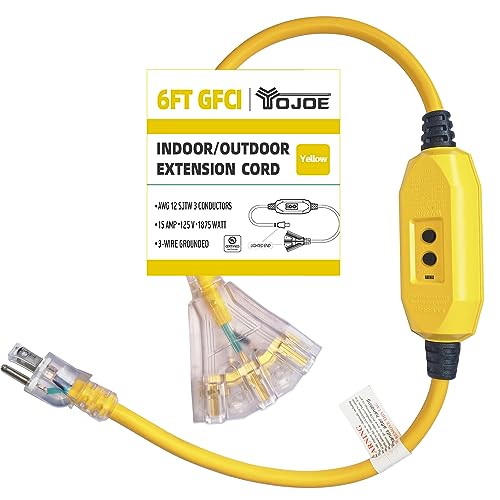
If you have to use cords outside, this extension cord is safety-rated for outdoor use, come rain or snow.. It also comes in three colors and two sizes.
While we don’t like to think about the worst-case scenario (especially at Christmas), Nick Ramirez, an insurance agent, says, ‘Having a comprehensive fire escape plan in place is equally critical, especially during the holiday season when you may be hosting guests.
'Ensure you’ve thought out and discussed an evacuation plan with your household so that every family member, including children, understands where they need to go in the event of a fire. A fire escape plan should always incorporate two exit points from each room and instructions on safely removing or opening windows.’
Including a fire plan in your guest welcome basket is a great practical holiday hosting tip to help keep everyone safe.
Sign up to the Homes & Gardens newsletter
Design expertise in your inbox – from inspiring decorating ideas and beautiful celebrity homes to practical gardening advice and shopping round-ups.

Chiana has been at Homes & Gardens for two years and is our resident 'queen' of non-toxic living. She spends most of her time producing content for the Solved section of the website, helping readers get the most out of their homes through clever decluttering, cleaning, and tidying tips. She was named one of Fixr's top home improvement journalists in 2024.
-
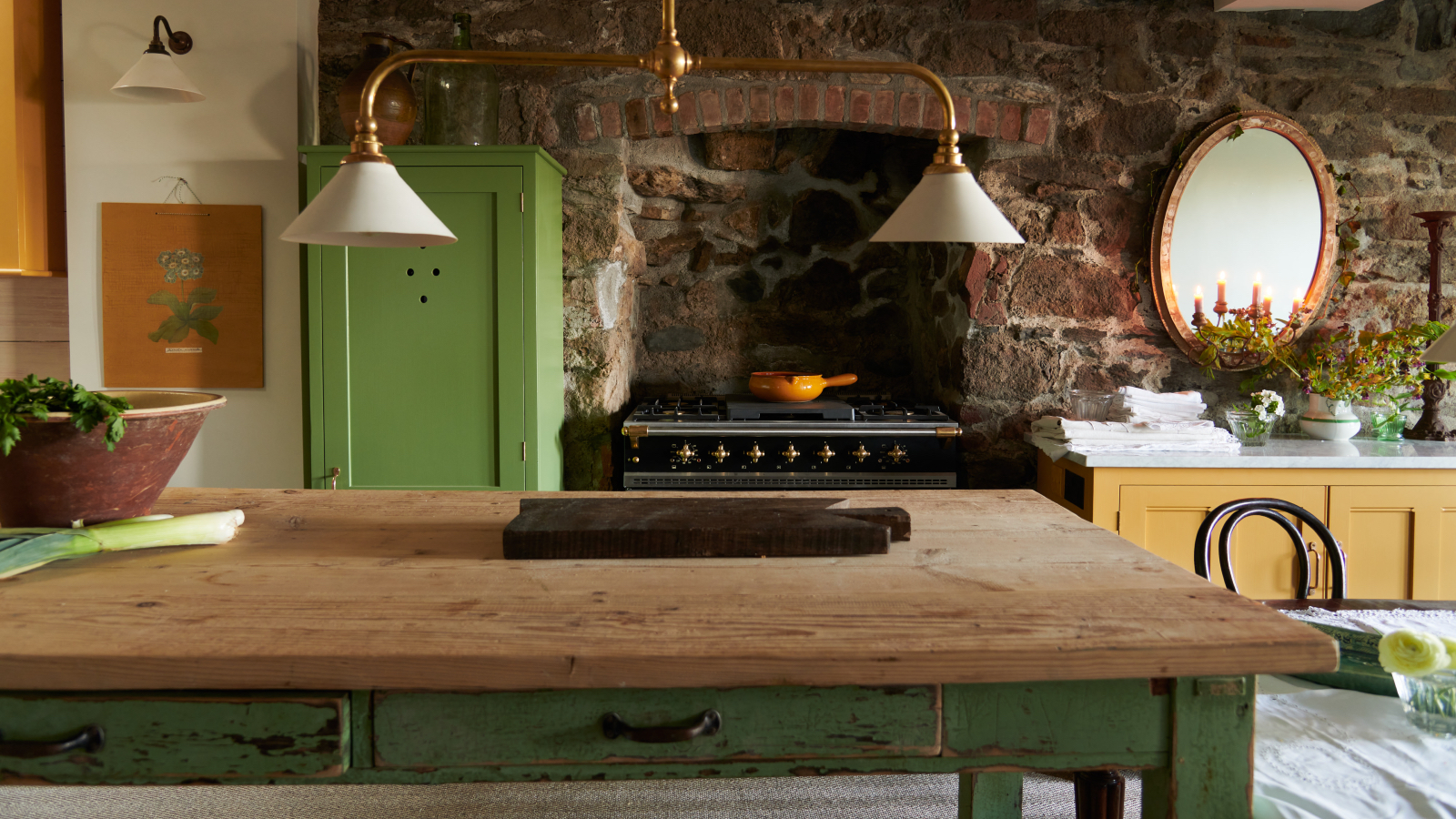 9 things you can clean with glycerin – this cheap and natural cleaner is perfect for indoor and outdoor use
9 things you can clean with glycerin – this cheap and natural cleaner is perfect for indoor and outdoor useFrom patio furniture to silverware, this hydrating and gentle cleaning agent will work miracles
By Ciéra Cree Published
-
 Martha Stewart's houses – inside her most iconic properties, from Cantitoe Corners to Turkey Hill
Martha Stewart's houses – inside her most iconic properties, from Cantitoe Corners to Turkey HillThe lifestyle guru built her legacy around her homes, some of which are the most recognized homes in modern American history – we explore her portfolio
By Megan Slack Published
-
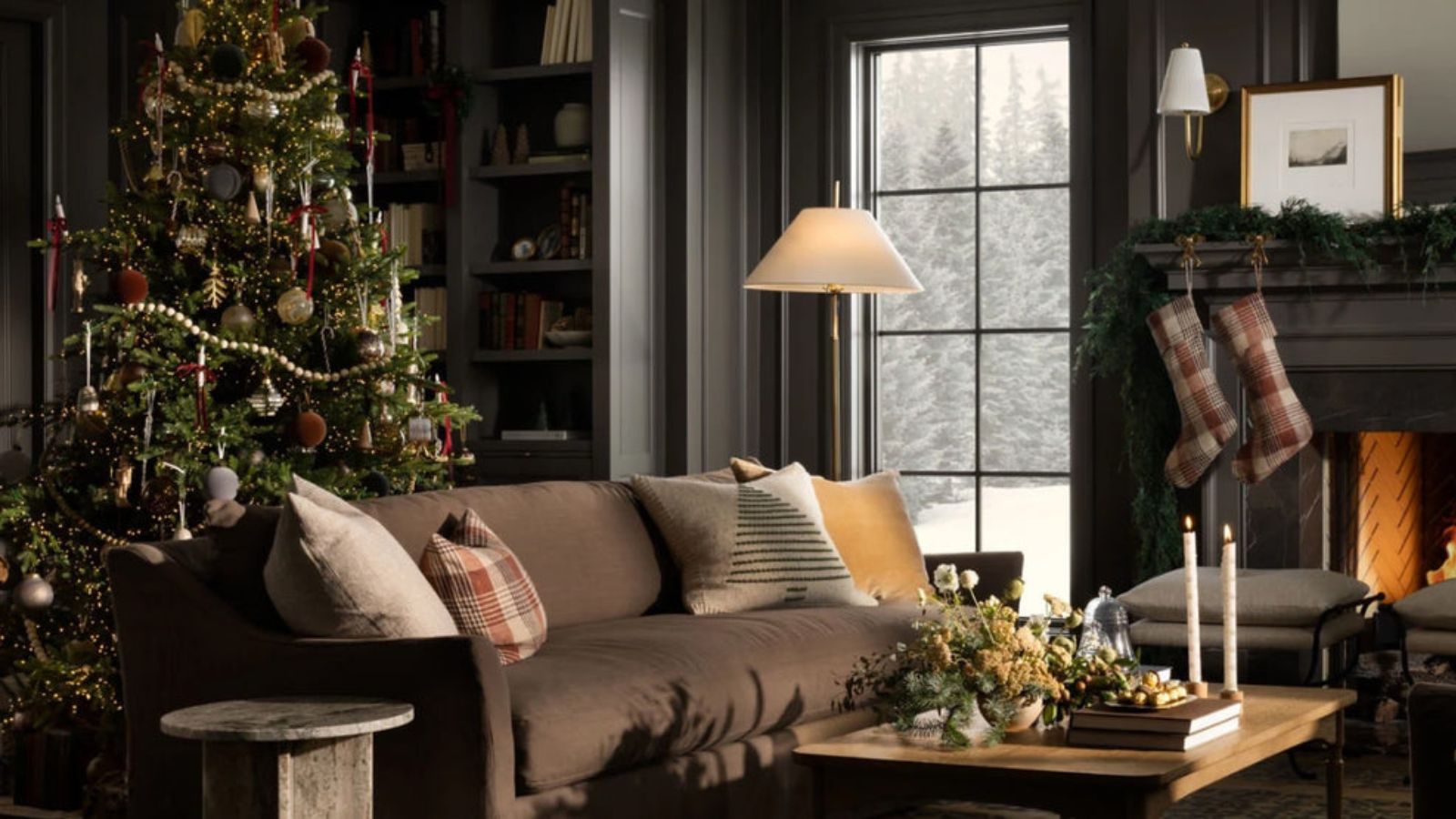 Hit or miss? Experts warn why you should never put a Christmas tree away with the ornaments still on
Hit or miss? Experts warn why you should never put a Christmas tree away with the ornaments still onThis time-saving hack could prove costly
By Chiana Dickson Published
-
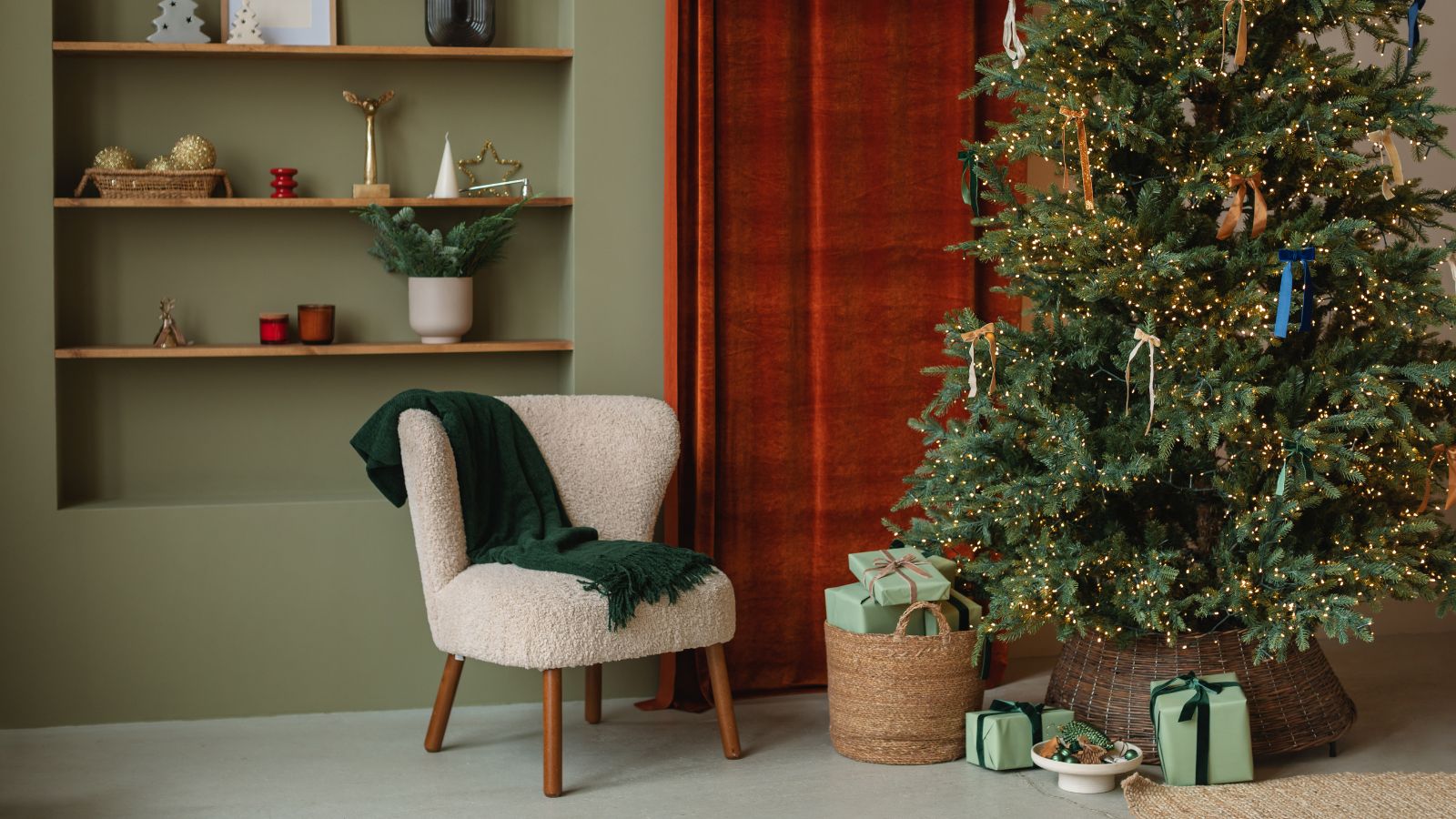 4 brilliant Christmas tree light storage solutions pro organizers swear by to 'avoid the tangle-tornado'
4 brilliant Christmas tree light storage solutions pro organizers swear by to 'avoid the tangle-tornado'Sort out seasonal string lights with ease, with these expert-approved solutions
By Ottilie Blackhall Published
-
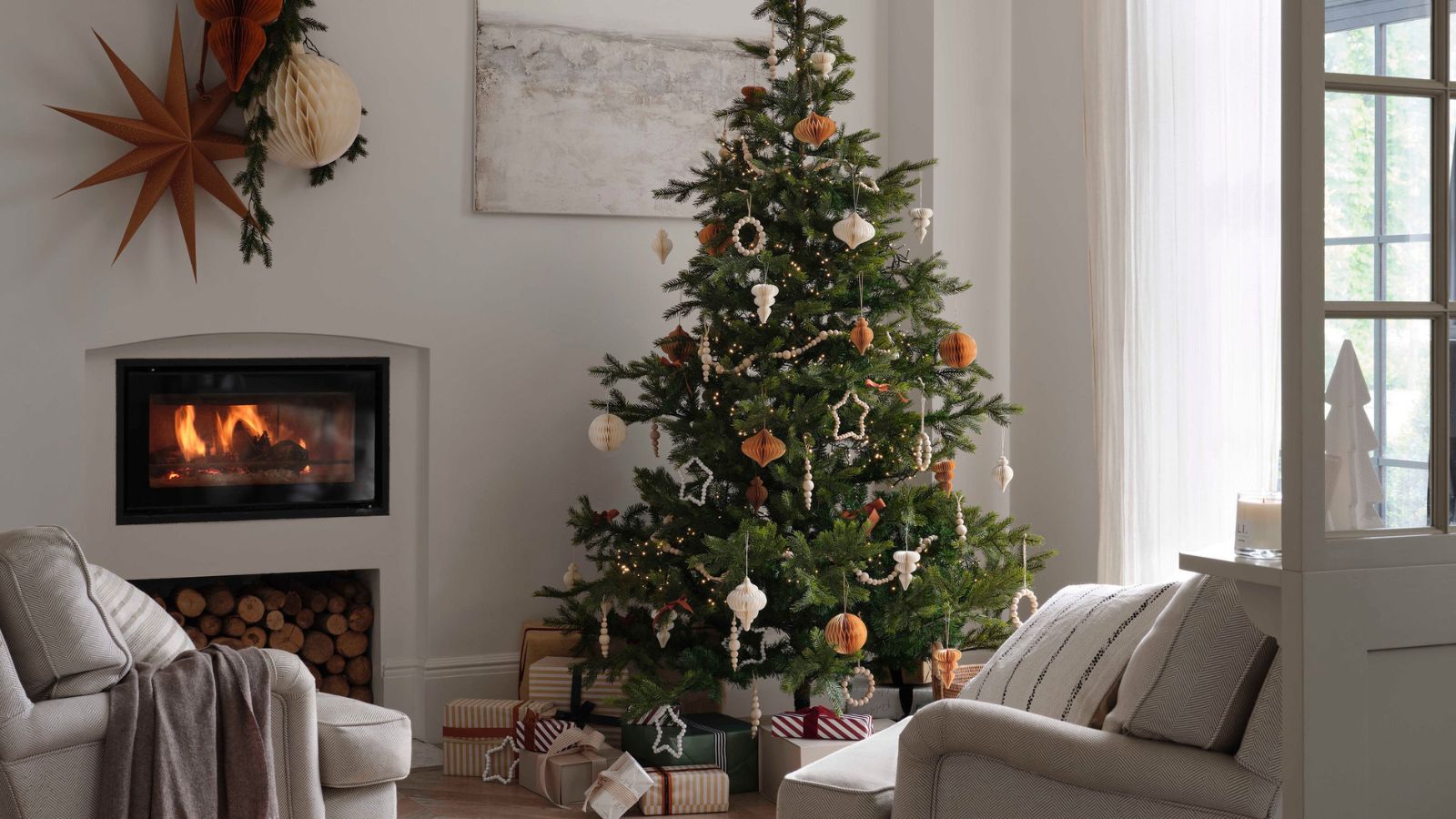 How to clean an artificial Christmas tree to prolong the life of your festive centerpiece, avoid mold and keep it smelling good
How to clean an artificial Christmas tree to prolong the life of your festive centerpiece, avoid mold and keep it smelling goodIt might only be out for a month, but your tree gets dirtier than you realize
By Chiana Dickson Published
-
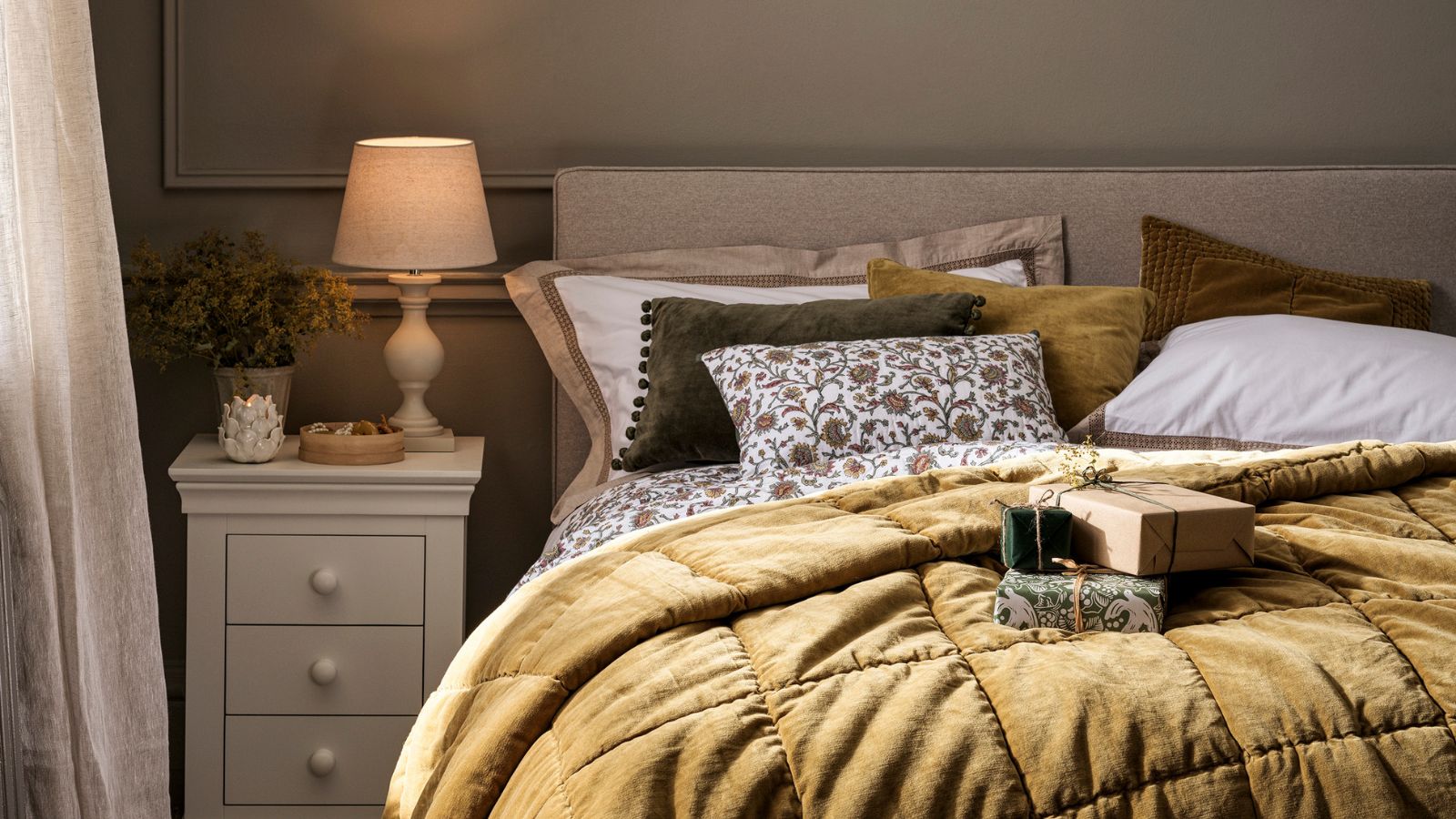 5 ways to guarantee your guests always stay warm and cozy when visiting this Christmas
5 ways to guarantee your guests always stay warm and cozy when visiting this ChristmasYour hosting will be talked about for years to come
By Chiana Dickson Published
-
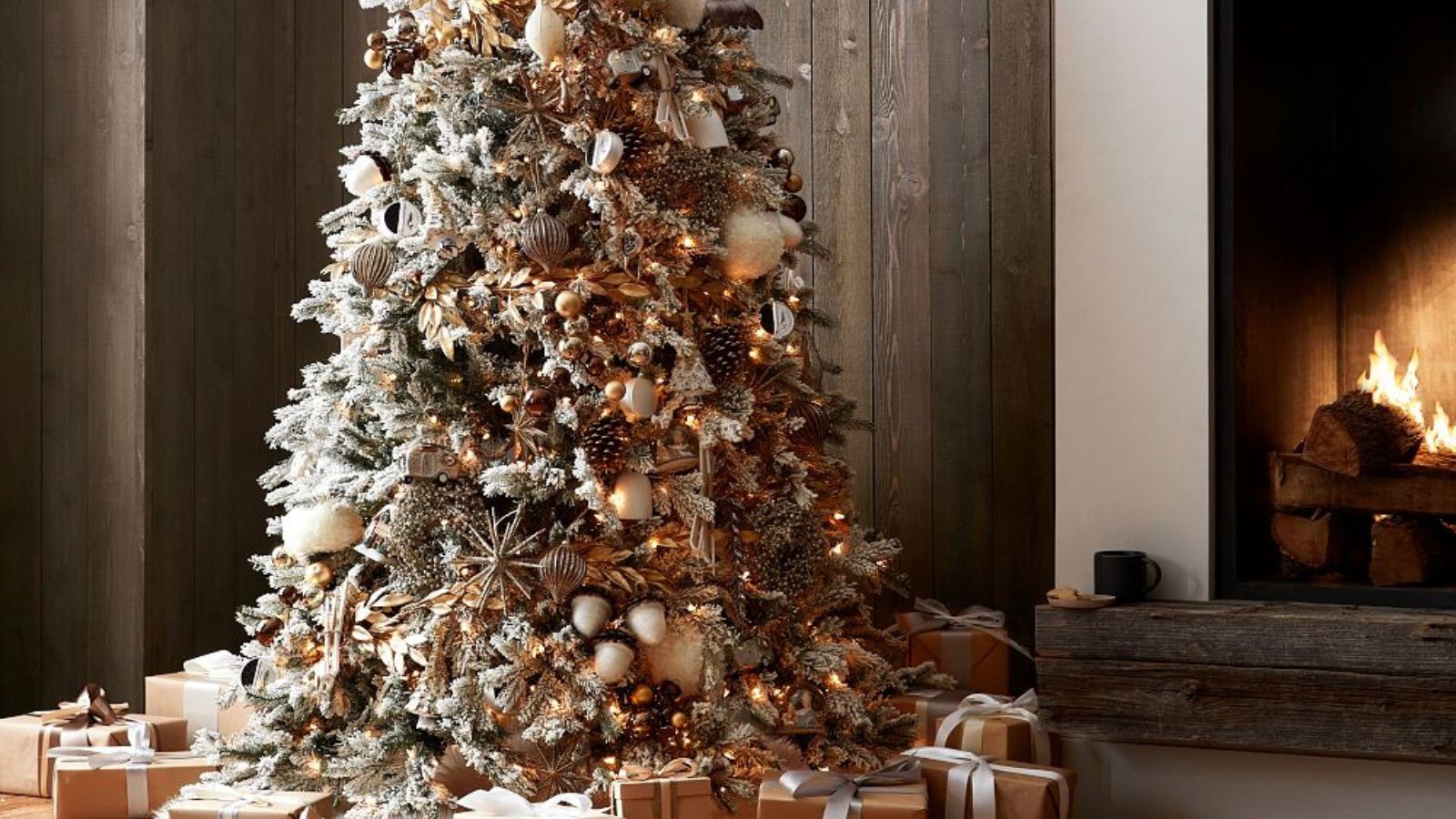 5 Christmas decorations to avoid if you hate mess – curb cleaning chaos with our pros' alternative picks
5 Christmas decorations to avoid if you hate mess – curb cleaning chaos with our pros' alternative picksChristmas decorations shouldn’t add to your stress over the festive season
By Chiana Dickson Published
-
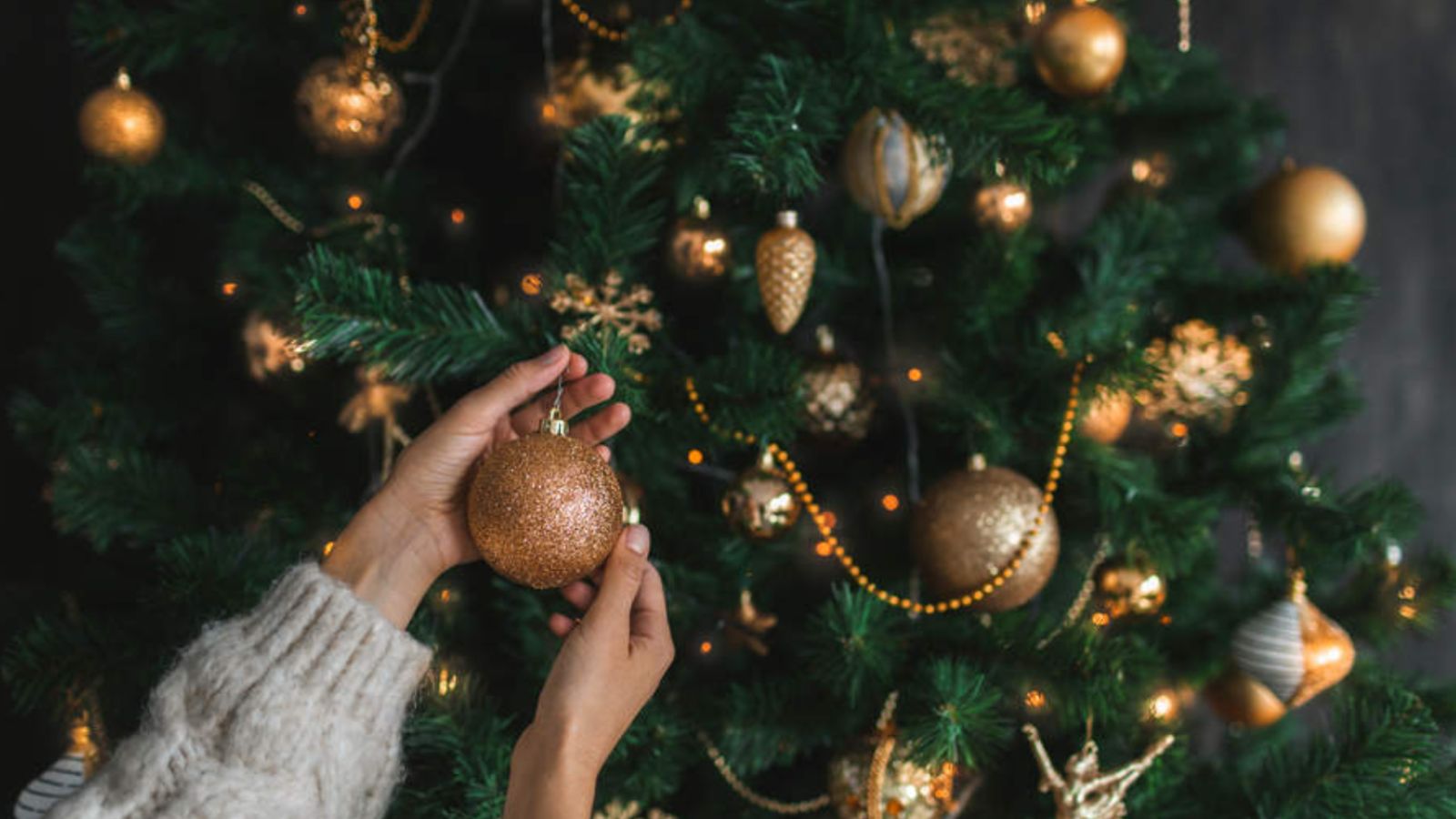 How to split festive decorating duties with your family without arguments – and 3 ways to manage it alone
How to split festive decorating duties with your family without arguments – and 3 ways to manage it aloneDecorating doesn't have to be stressful with these pro tips
By Chiana Dickson Published
-
 Christmas decorating stalled by missing tools and essentials? These 6 festive DIY job must-haves will get your delayed tasks back on track
Christmas decorating stalled by missing tools and essentials? These 6 festive DIY job must-haves will get your delayed tasks back on trackGet your holiday decorating going again with our Christmas first-aid kit
By Chiana Dickson Published
-
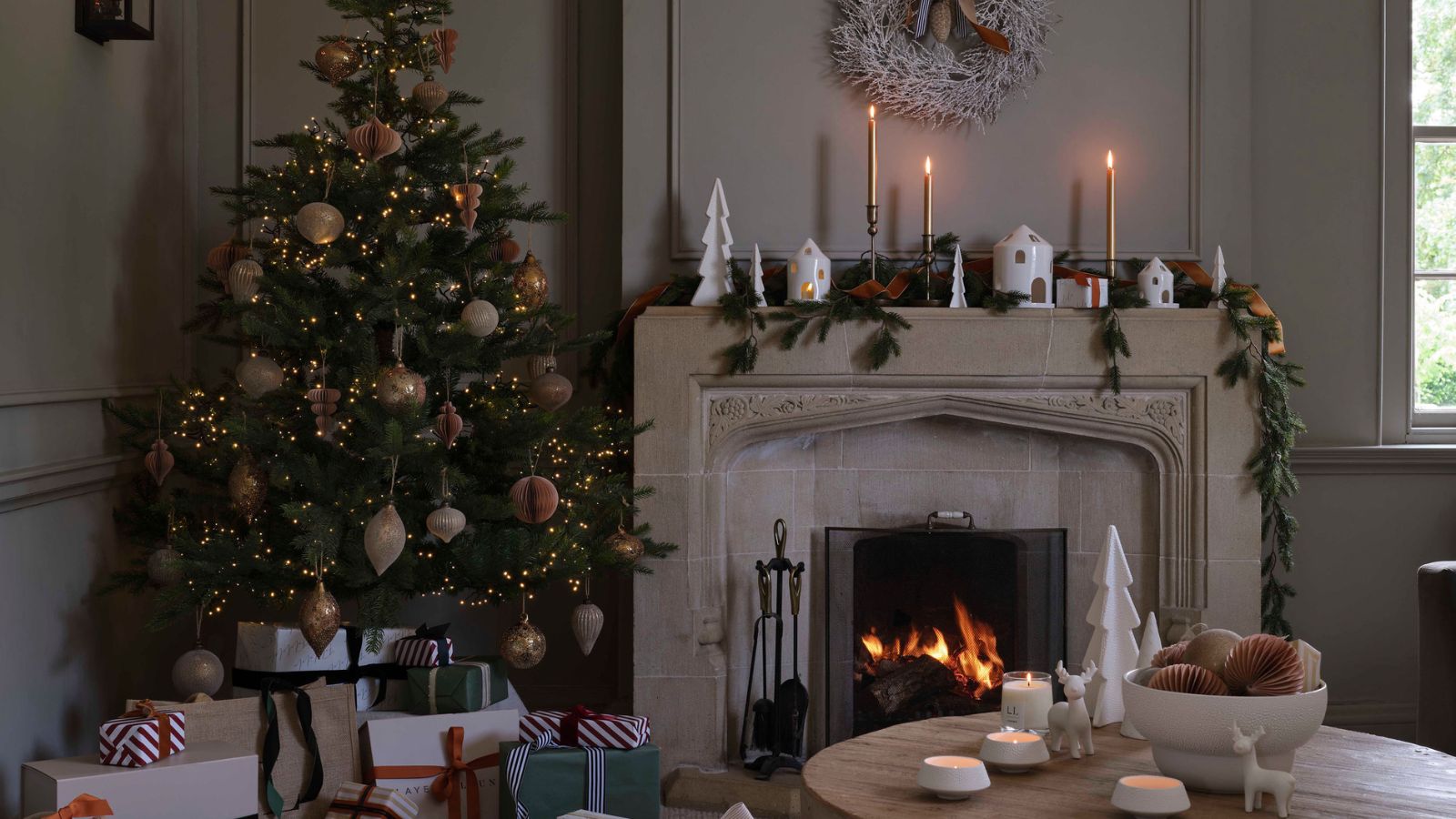 The ultimate Christmas hosting prep countdown – this is how organizing pros divide tasks in December, week-by-week
The ultimate Christmas hosting prep countdown – this is how organizing pros divide tasks in December, week-by-weekGet your whole home organized leading with our detailed countdown
By Chiana Dickson Published